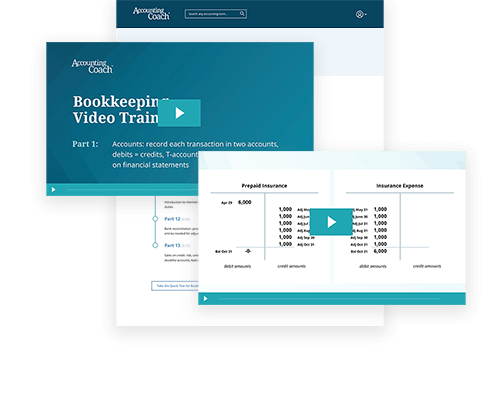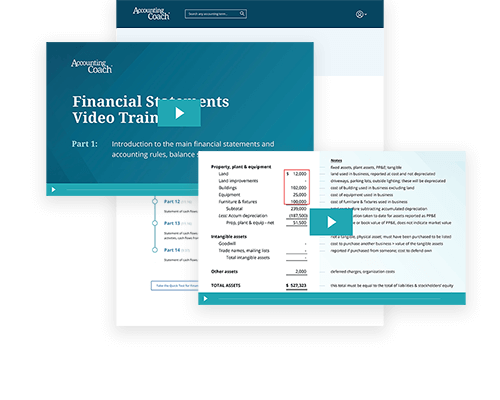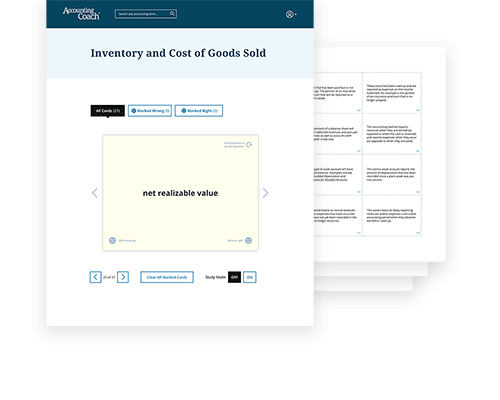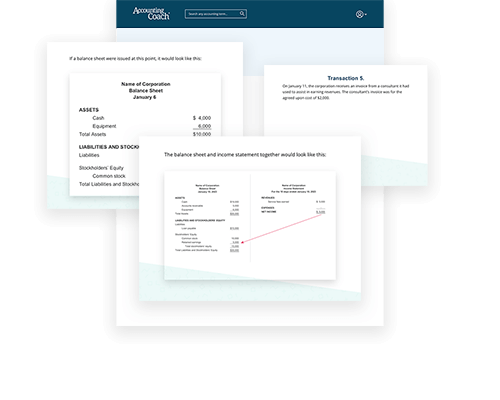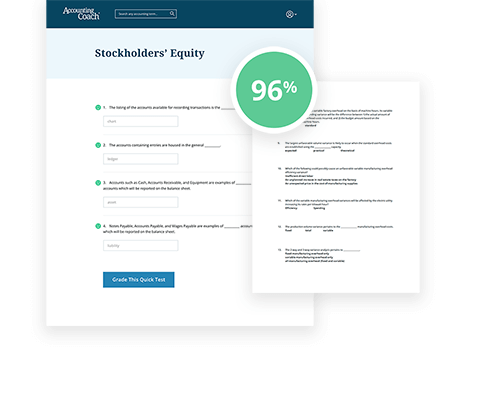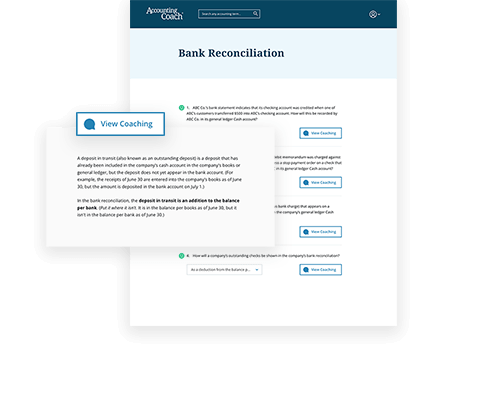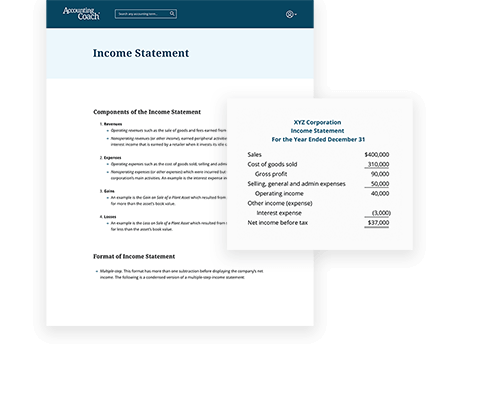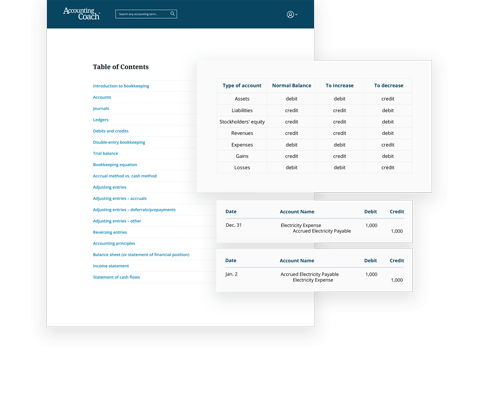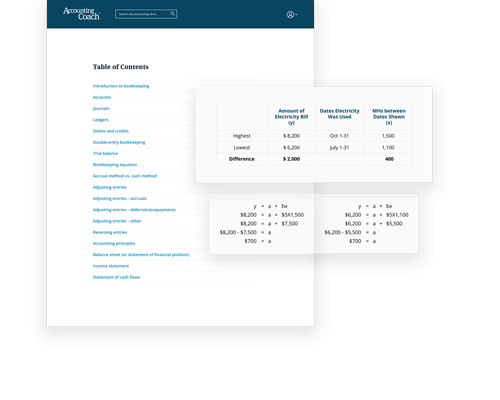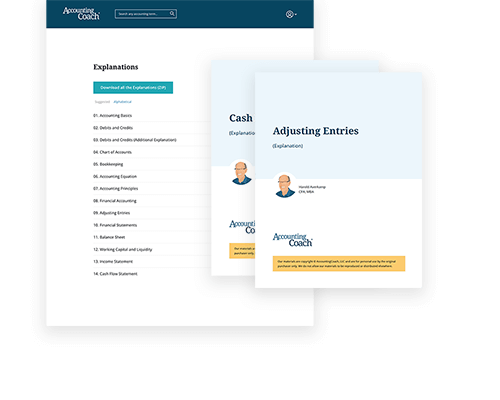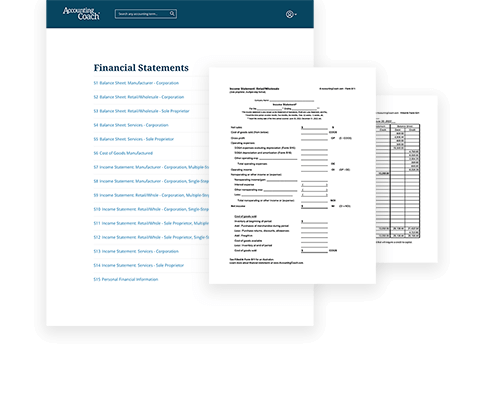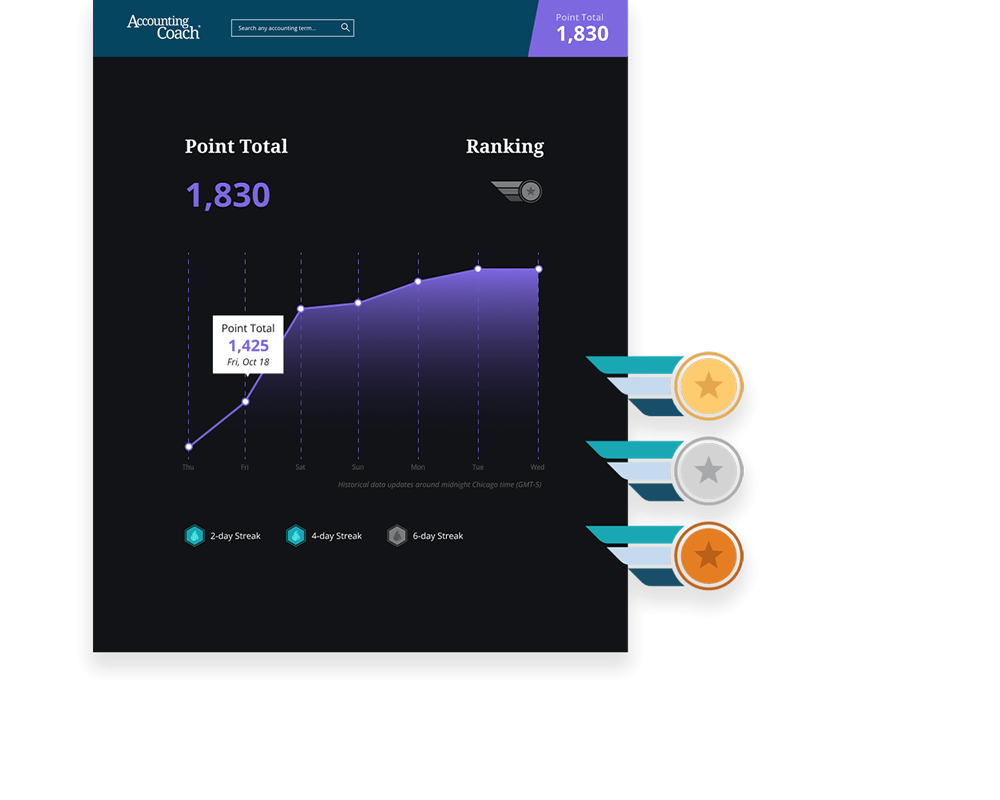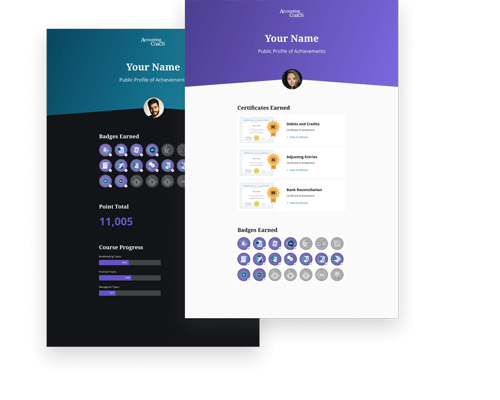"I am a CPA with a (heavy, technical) tax and accounting (bookkeeping) practice. After training and teaching accounting and taxes, this is THE ONLY place where I can send interns, staff, associates, and most importantly, clients! There needs to be a place where any person can get simple, concise, and complete explanations of accounting, processes and some theory (what/why/how). Most folks do not find that, and therefore stop doing accounting, or stop trying to get it right. Thank you for the most appropriate, thorough, and sensible source for accounting explanations, and for the understanding and value it brings to folks at any level. The paths to success you offer are numerous and well considered, to avoid the normal ‘I don't get it’ failures that drive some to just give up and quit. BEST overall accounting resource out there, and I continue to use it even after over 50 years of experience. GREAT JOB, please continue!"



